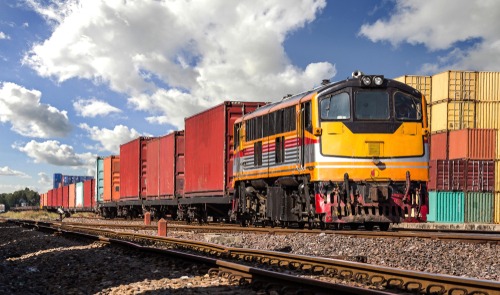
U.S. Reps. Peter DeFazio (D-Ore.), chair of the House Committee on Transportation and Infrastructure, and Donald M. Payne, Jr. (D-NJ), Chair of the Subcommittee on Railroads, Pipelines, and Hazardous Materials, requested that the General Accountability Office (GAO) study what impact implementing Precision Scheduled Railroading (PSR) would have on workers, safety and shippers.
The Congressmen also asked the GAO to study what kinds of an impact PSR would have on the long-term management of the country’s railroads.
“PSR in practice means the bottom line drives the decisions,” DeFazio said. “Longer trains, unhappy shippers, and a workforce pushed to do more with less is not a model to chase after – unless you’re on Wall Street. But we can’t let hedge fund managers write the rules of railroading. Last Congress, my Committee heard from various stakeholders concerned for the immediate and long-term impacts of PSR. This study, passed by the House last year in my surface transportation reauthorization bill, the INVEST in America Act, will help us find ways to address the impacts this railroad management strategy has on workers, freight shippers, passenger railroads, and rail safety.”
In a May 12 letter to Gene L. Dodaro, Comptroller General of the United States, the Congressmen said that while PSR appears to have streamlined operations and cut costs for railroads, stakeholders are concerned that those cost-savings have come at the expense of long-term capital investments, reduced rail infrastructure, affected service for some shippers and workforce cuts.
“In light of the importance of the issue, the railroads’ common carrier obligations, and Amtrak right of preference, we ask that you study the impact on freight rail shippers, Amtrak, commuter railroads, railroad employees, and other affected parties due to changes in freight railroad operating and scheduling practices as a result of the implementation of the PSR model,” the Congressmen wrote.
The Congressmen asked that the GAO look at impact PSR has on train size; safety in light of workforce reductions, including occupational injury rates and inspection frequency; downsizing of yards, repair facilities, or other operational facilities; and the quality, availability, and reliability of service to freight shippers, especially those that are small and/or geographically remote.